Aristotle said, “people pay most attention to what is their own; they care less for what is common.” We all know this to be true. Observe any park or the side of the road, even if you never litter you likely never go out of your way to clean up these patches of your city. You would never allow such an eye sore on your front lawn. How often have you cleaned the lobby of your apartment building? How often have you contributed to the landscaping of your apartment’s land? It is mankind’s nature to ignore shared spaces, someone else will deal with it. It takes a level of duty and responsibility to care for them.
This dynamic is usually reversed inside a home. The house is property held in common, but there is a shared sense that all family members should contribute to its upkeep, if for no other reason than knowing our loved ones will have to pick up our slack. It’s unnatural to view your neighbors in an apartment complex this way. That reciprocity does not come easy. If you do manage to create a system of everyone pitching in to help, the system quickly breaks apart if there is an imbalance in participation. Especially if only a few make things worse by openly littering or otherwise making a mess. Even within the strong family bonds of a household these imbalances can cause serious conflicts.
Jordan Peterson once said, “the default societal organization is kin relation.” It’s easier to extend a sense of self to those who are closely related to us. It’s easier to form long term bonds that are not easily broken. Over history clan-based societies became larger and larger. Monarchs played a ceremonial role as father to their kingdoms. A new idea was formed with the founding of the United States, what if we moved beyond kin, what if we applied, as JP puts it, “A radical altruistic reciprocity?”
A radical concept at the time, a propositional country. Ties to our fellow countrymen would be based on a shared set of ideas, of principles that would overcome those kin differences. What happens when those principals begin to break down? What happens when the very definition of illegal or improper behavior is no longer agreed upon? What’s left?
There must be some societal bond that enforces the norm. For most of the United States’ history this was a shared religion. As late as the 1970s roughly 90% of the country were practicing Christians. Today that number is around 60%. A fraction of that attend weekly services. Religion offers a lens to view the world. A shared lens helps enforce the unwritten rules of a culture. Attitudes towards work or duty to respect shared spaces. Of course there is variation within this lens, but it does offer a common ground to operate in. Most are aware of what is expected of them. What happens when that is lost?
There was a viral video with the caption “practicing next to non-bowlers is the worst” that went around. The video depicted a young man dancing in the lane next to him. Going up and bowling during his neighbors’ wind up. Things considered very rude when bowling, but they’re not written down. The young man violated no policy, he broke no rules, yet everyone who has bowled know he was in the wrong. We may chalk this up to inexperience and lack of awareness, but what happens when his behavior becomes the norm in the alley?
Formal rules may need to be made. Legalism is excessive adherence to rules or laws. It is born out of a culture that is unable to enforce cultural norms without a mediator. It is a breakdown of the trust in a culture. For years no rule was needed to be written down to prohibit dancing in your neighbor’s lane. People had a baseline understanding that this was rude. Even if you did not know better there was a culture of novice players learning the customs of a new game or location before acting. These are all unspoken cultural practices lost when the commonality of something like religion or kin is no longer present.
YIMBYism or Yes in My Back Yard is a movement of people who believe housing shortages can be fixed by building high density housing complexes in traditionally single-family house neighborhoods. They argue that one has the right to use their land as they see fit. They scoff at the neighborhood meetings that reject proposals for apartment complexes placed in their cul-de-sacs. For them the efficiency of a city like Tokyo (16,000 people per square mile) should be a model for every city to emulate. For reference LA density is 7k persons per square mile and Wyoming is 5.8.
The YIMBYs see the skyrocketing cost of housing across the major metros in the US and feel they can solve this by drastically increasing the housing available. The suburban sprawl of single-family homes on lawns is simply a waste of valuable space. They’re not wrong, demand is outpacing supply in many housing markets, but why did suburban sprawl happen?
In the 1960s the civil rights movement fueled civil unrest. More than 700 city riots occurred between 1964 and 1971. There was a breakdown in trust between the city’s inhabitants and its police force. Hands off policing resulted in skyrocketing violent crime in America’s urban cores. Between 1960 and 1970 the violent crime rate more than doubled, almost all centered in urban environments. What is sometimes referred to as “White Flight” was the mass emptying of the cities by anyone who could afford it. Cities like St. Louis, Detroit, Pittsburgh, Cincinnati, and many others lost millions of residents. These residents moved into new housing built on the outskirts of the cities. These waves of migration can be seen by satellites as rings of highways. The cities had become unlivable, trust was broken, crime was rampant.
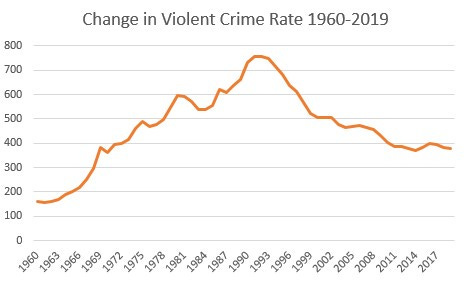
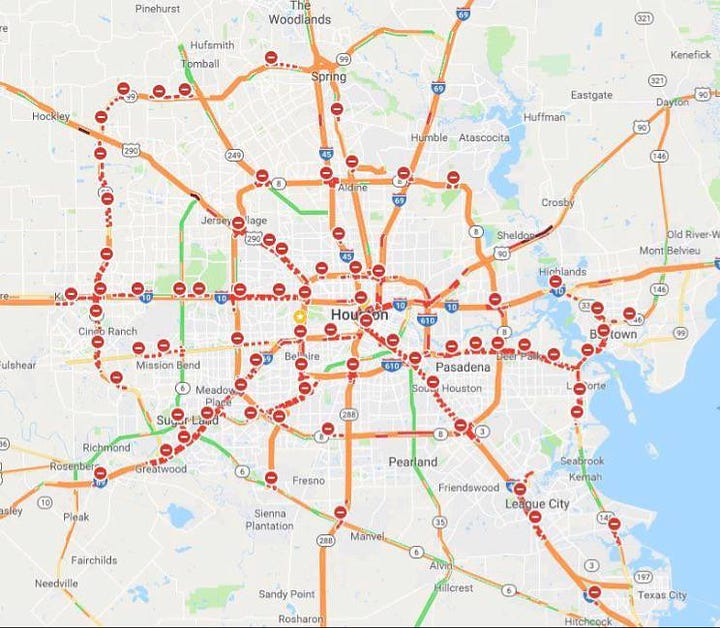
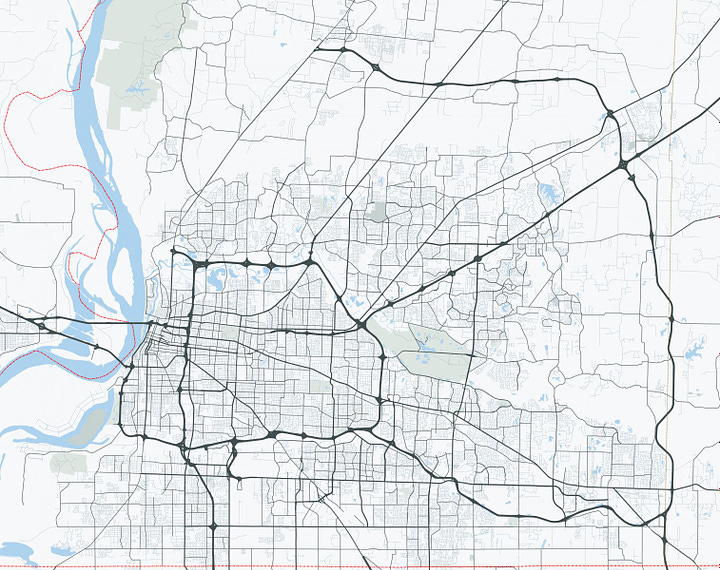
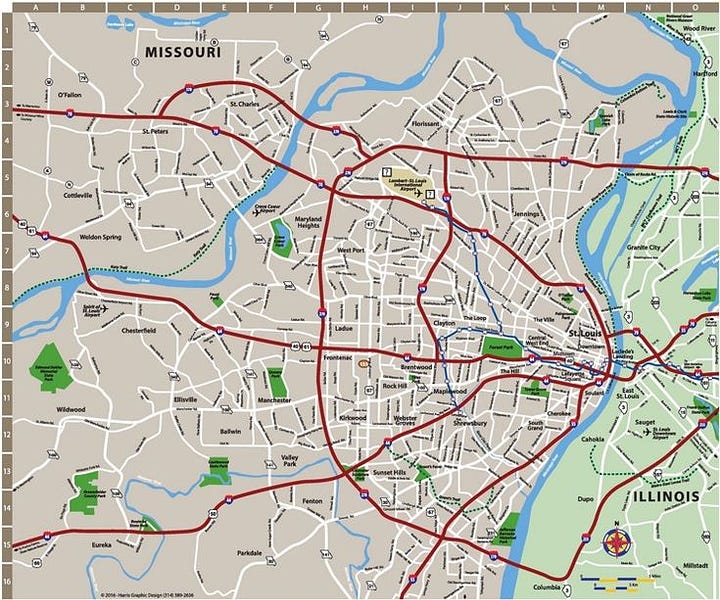
Two cultures with vastly different ways of viewing the world cannot live in high density housing together without draconian laws strictly enforced. Singapore, population density 22,000 people per square mile, has no unifying religion. It is a multiethnic city. By all metrics it is a thriving metropolis, prosperous and safe. It is illegal to chew gum in Singapore. Throwing small trash on the ground is a $1,000 fine and a punishment of public work. Small amounts of drugs can land you in prison for 10 years. These are not just strict punishments sitting unused on the books, they are regularly handed out to citizens and tourists alike. Their violent crime rate has been under 10 per 100,000 people for the last decade. New York City’s was 127 per 100k and LA’s was 838 per 100k.
A majority of liberal Americans think people spend too much time in prison. Mass demonstrations against incarceration and the police have taken place over the last few years. Our current president’s crowning legislative achievement as a senator was his 1994 criminal justice reform bill, now referred to as racist by most of his colleagues. There is simply no political will to adopt the draconian laws of Singapore in the US.
A recent survey showed almost no Americans can name the five provisions in the first amendment. The majority of Americans now feel the Supreme Court should interpret the constitution by what they feel the words mean today. According to Pew on 56% of Americans describe themselves as proud to be an American. What good is a propositional nation where a large plurality rejects the proposition, or even worse, doesn’t understand the proposition? Without kinship, without ideology, without nationalism, without religion, without strict enforcement of norms, what is there to bind us?
High density housing amplifies the frictions present in society. If one in a thousand residents is a criminal, but you live in Wyoming the nearest criminal may be some 200 miles away. In a dense city, he probably lives in your building. Those small differences become large conflicts. One in a thousand litter, one in a thousand blast music late into the night, one in a thousand smoke weed in the building, one in a thousand to lock the lobby door… It’s no surprise the urban cores have emptied.
Suburban living offers space, your neighbors sleeping habits matter less. It’s more expensive, so the likelihood of serious criminal activity drops considerably. The single-family homes also tend to attract families, ones who care deeply about their children’s education, the schools trend better than in the urban core. All of the same cultural tensions that exist in housing also exist in schools. The fewer points of friction from cultural differences the fewer distractions for the students. The very nature of the suburbs offers a filter for a type of resident that is conducive to raising families. By adding cheap high-density housing to these areas, you are fundamentally altering the nature of the neighborhood. The opposition to these developments is expected and rational.
YIMBYs hearts are in the right place. They see a problem and wish to fix it, but they are simply addressing a symptom of the true problem in our country. The cultural ties that bind us are all but broken. Without them harmonious living becomes increasingly difficult. Spreading out to form new communities was the least violent answer to this problem. An easy fix that offers financial barriers to entry where legal, religious, and cultural ones have fallen away. When we have no ties that bind us, we must have our space.




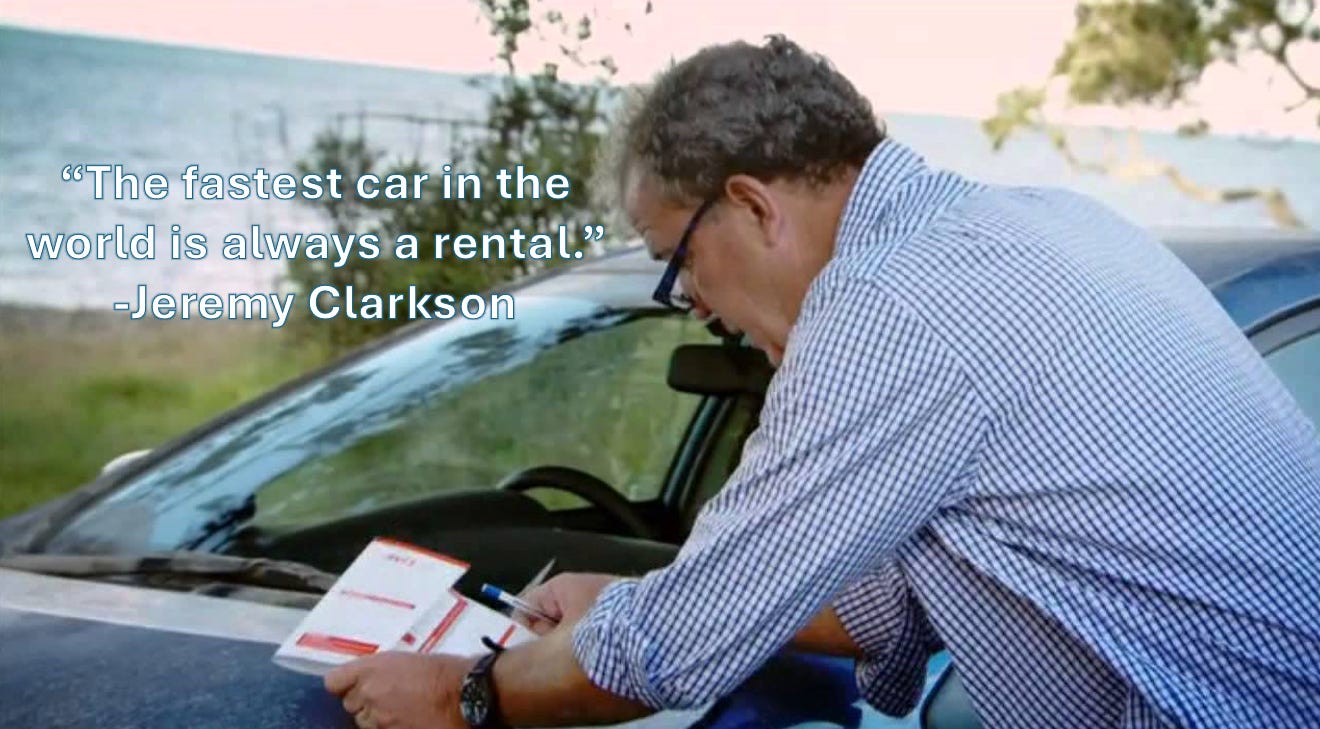

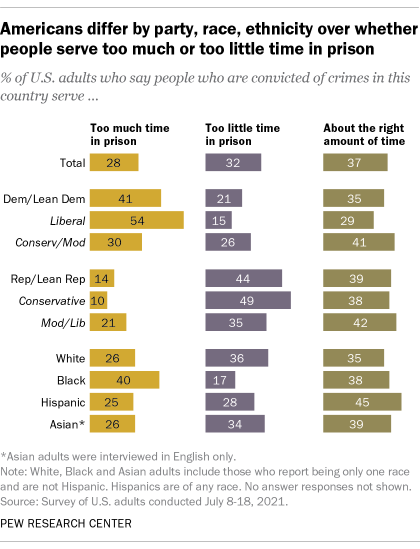
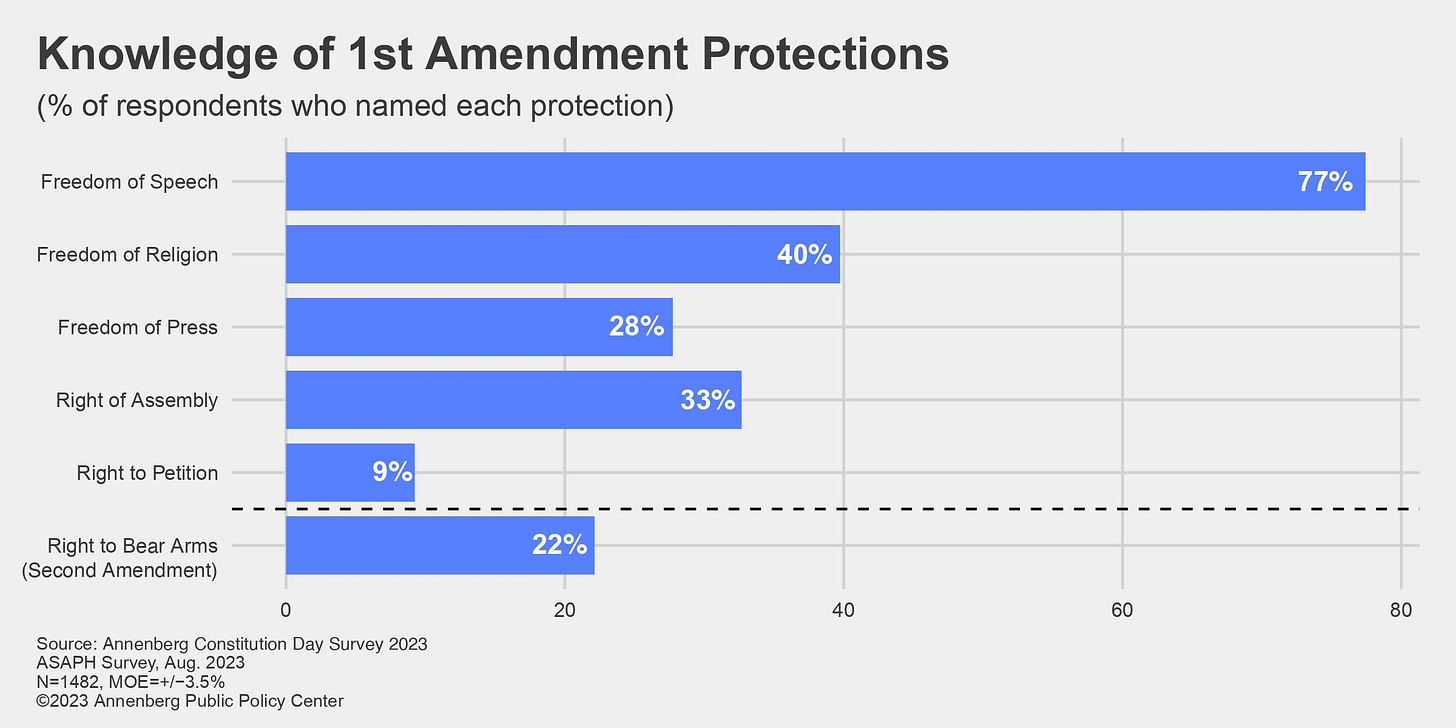
The other aspect Yimboobs never address is immigration. Given the non-stop influx of both legal and illegal immigrants, it's impossible to build housing fast enough in certain areas. Nor is the infrastructure there in many cases. You can't just add 1000 people to a sewage system designed for single family houses and maybe 100 people. There's not enough water, power, anything. So the Yimboobs don't even grasp the inflexible physical realities. Of course they blithely ignore the sociological realities and act as if there's no such thing as crime or bad neighbors.
This is an excellent point. Obviously the answer to soaring housing costs is to build more houses. But addressing the root cause of NIMBYism in the first place seems to get no attention at all.